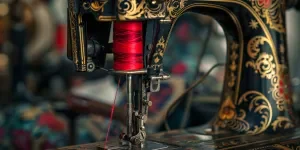Sewing machines are the unsung heroes of the fashion and textile industries, transforming fabric into garments and goods with precision and speed. Whether you’re a hobbyist looking to craft your own creations or a professional aiming to streamline your workflow, understanding sewing machines is key. This article will explore the intricacies of sewing machines, from their operation and use to their cost and top models available.
Table of Contents:
– What is a sewing machine?
– How do sewing machines work?
– How to use a sewing machine
– How much does a sewing machine cost?
– Top sewing machines
What is a sewing machine?
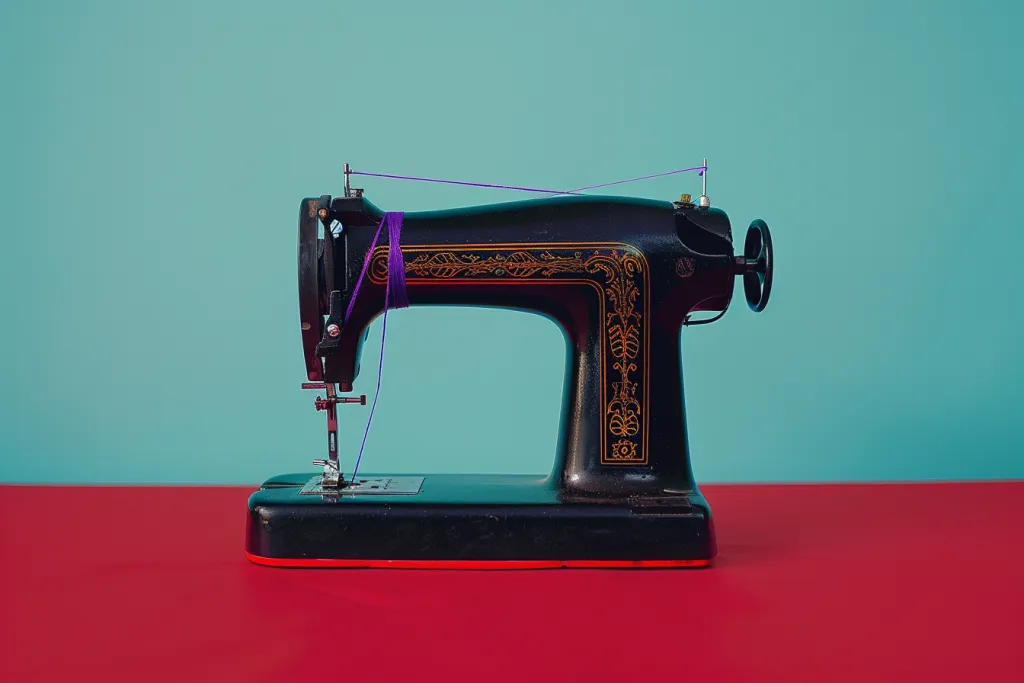
A sewing machine is a device designed to stitch fabric and other materials together with thread. Invented during the first Industrial Revolution to decrease the amount of manual sewing work performed in clothing companies, it has since evolved into a sophisticated tool for both domestic and industrial use. Sewing machines come in various types, including mechanical, electronic, and computerized models, each offering different features and capabilities to cater to specific sewing needs and preferences.
How do sewing machines work?
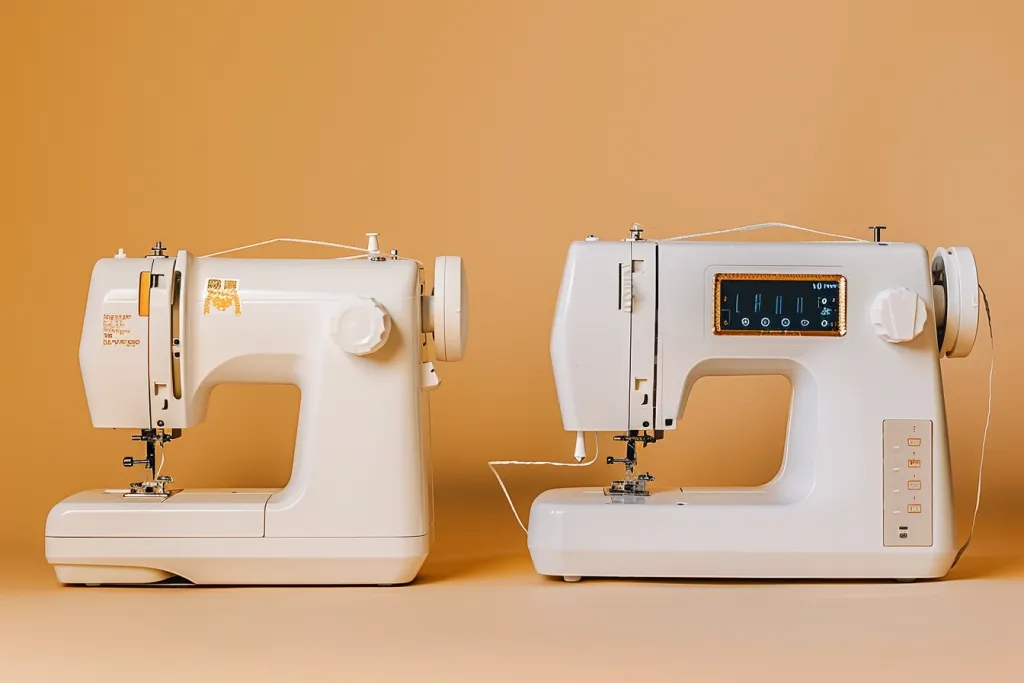
At the heart of a sewing machine’s operation is the interlocking of threads through fabric to create a secure stitch. Mechanical sewing machines use a combination of gears, cams, and levers to move the needle up and down in a synchronized motion with the feed dogs, which pull the fabric through the machine at a consistent pace. Electronic and computerized models, on the other hand, employ precision motors and computer chips to control the stitching process, offering a wider range of stitch patterns, speeds, and other advanced features. The bobbin system, a crucial component, provides the lower thread that locks with the upper thread coming from the needle to form a stitch.
How to use a sewing machine
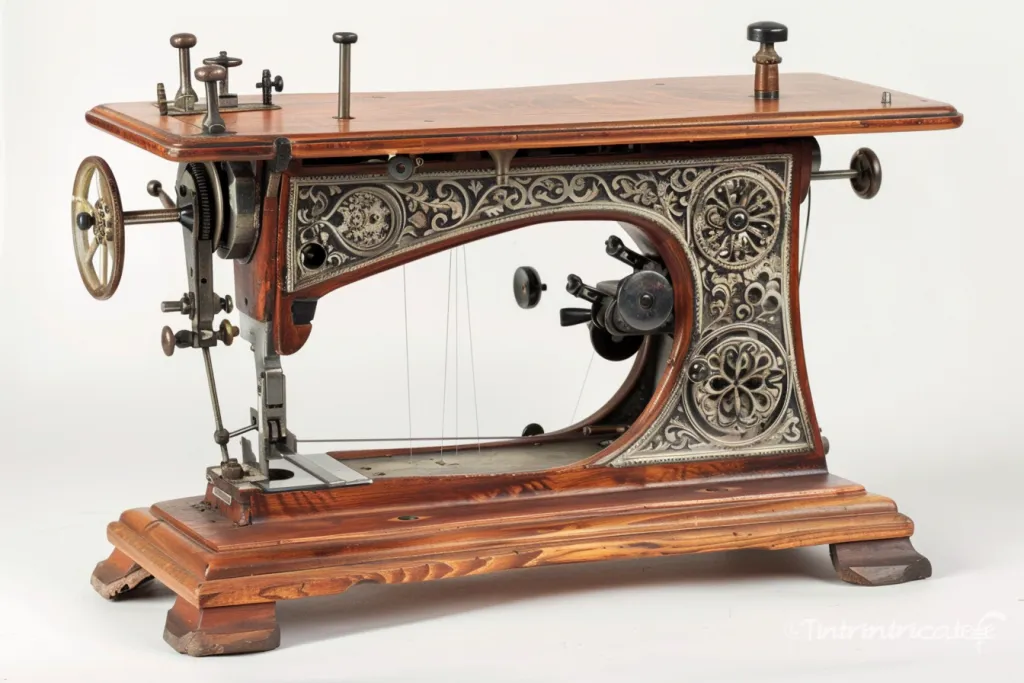
Using a sewing machine effectively requires knowledge of its basic operations and functions. First, one must thread the machine correctly, which involves passing the thread through various guides and tension mechanisms before threading the needle. Selecting the appropriate stitch type and length according to the fabric and project is next, followed by adjusting the tension to ensure smooth and even stitches. Practicing on scrap fabric before starting on the actual project can help users familiarize themselves with the machine’s settings and functions. Regular maintenance, such as cleaning and oiling the machine, is also crucial for optimal performance.
How much does a sewing machine cost?
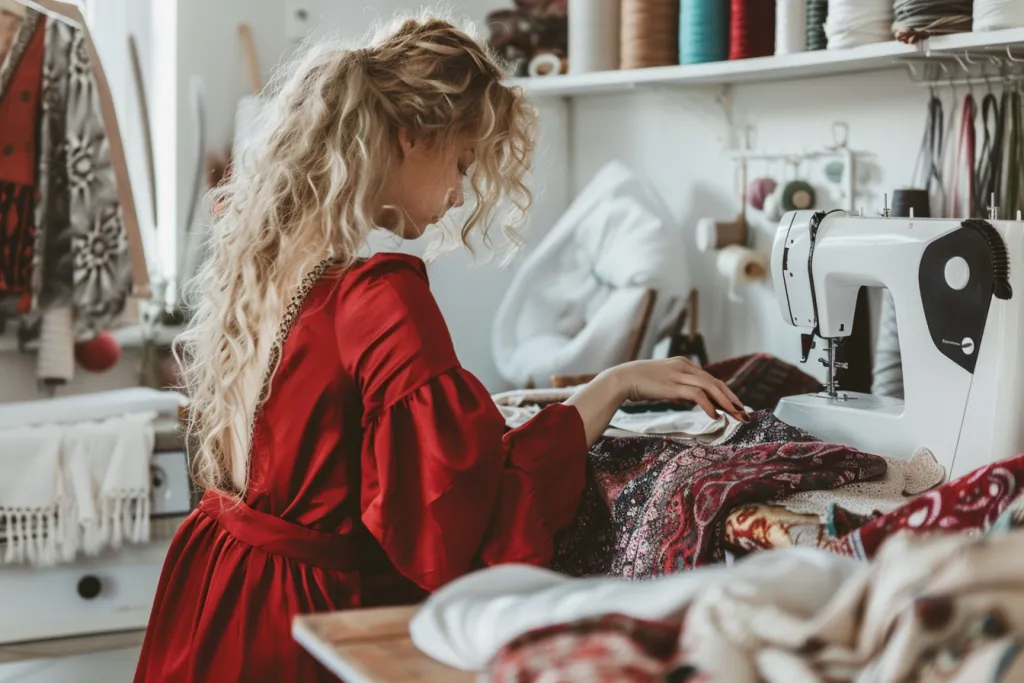
The cost of sewing machines varies widely based on their type, brand, and features. Basic mechanical sewing machines can range from $100 to $300, making them an affordable option for beginners or occasional sewers. Mid-range electronic models, offering a broader selection of stitches and convenience features, typically cost between $300 and $800. High-end computerized sewing machines, which boast an extensive array of stitches, automatic functions, and connectivity options, can run from $800 to several thousand dollars. The investment in a sewing machine should reflect the user’s needs, skill level, and frequency of use.
Top sewing machines
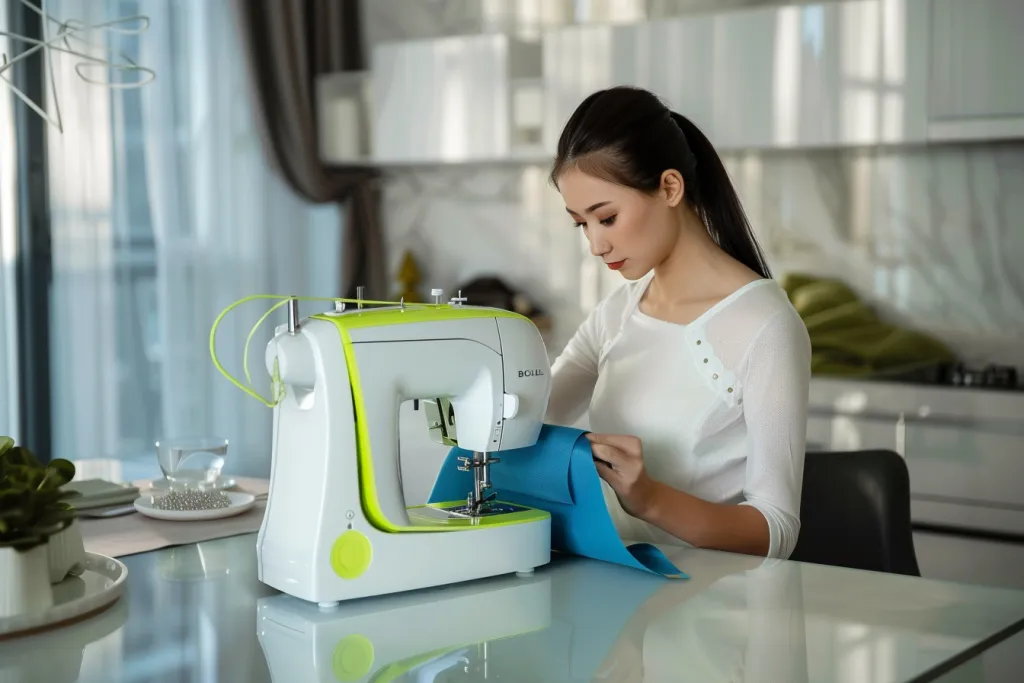
When it comes to selecting the best sewing machine, it’s important to consider reliability, ease of use, and the specific features that meet your sewing needs. Some of the top models include the Brother CS6000i, known for its user-friendly interface and versatility; the Singer Quantum Stylist 9960, which offers a wide range of stitches and customization options; and the Janome HD3000, praised for its durability and performance on heavy fabrics. For those looking for cutting-edge technology, the Bernina 770 QE provides unparalleled precision and flexibility, while the Husqvarna Viking Opal 690Q combines efficiency with innovative features for a seamless sewing experience.
Conclusion:
Sewing machines are indispensable tools for anyone looking to sew efficiently and creatively. Understanding how they work, how to use them properly, and what options are available in terms of cost and features can help both beginners and seasoned sewers make informed decisions. With the right sewing machine, the possibilities for creating beautiful, custom-made garments and textiles are endless.
